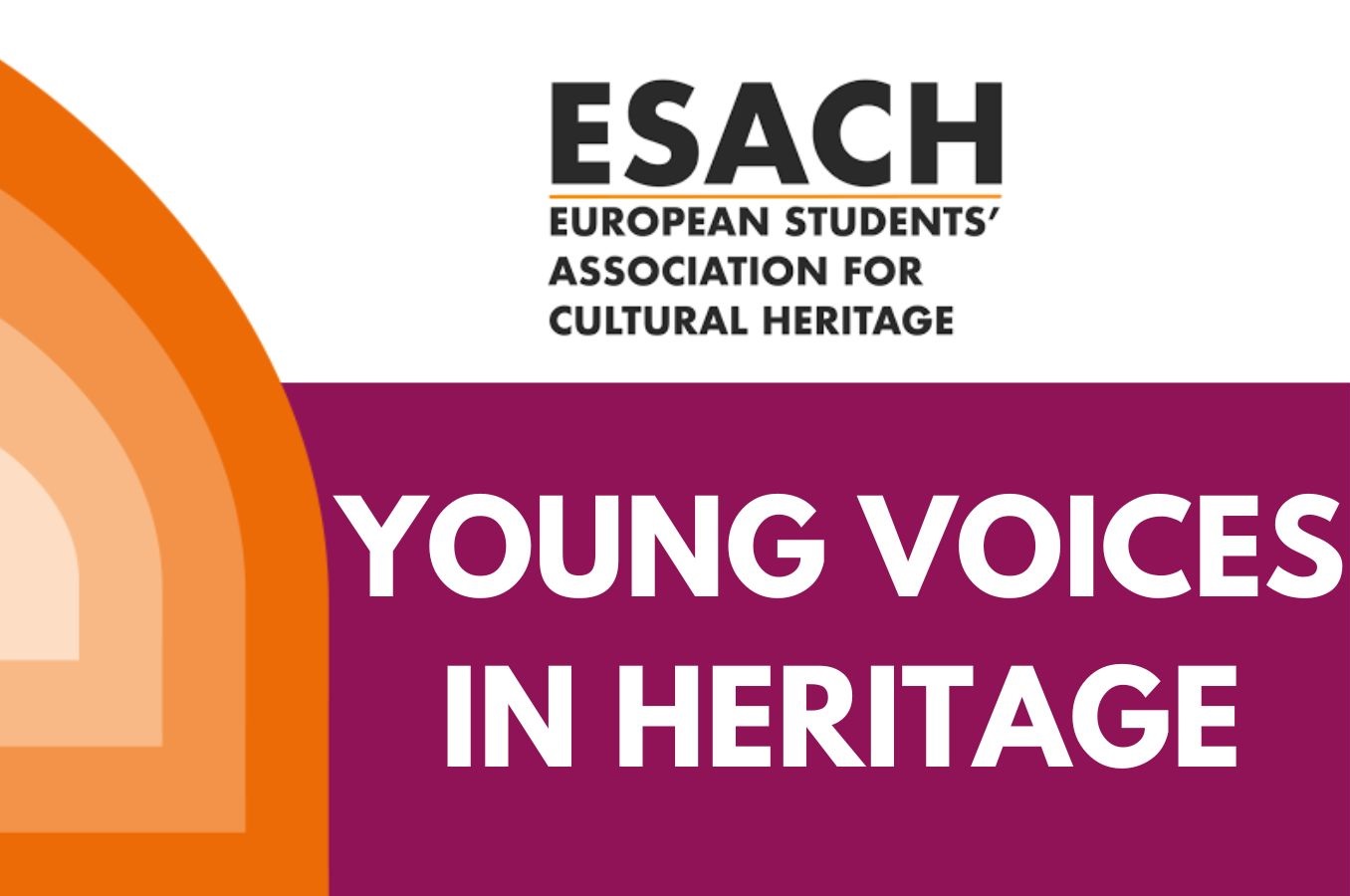
Young voices in heritage is a bimonthly column in our newsletter in collaboration with ESACH (European Students’Association for Cultural Heritage) featuring young people’s perspectives on cultural heritage.
This article is a brief overview of the significance of youth involvement in religious heritage.
Understanding youth perspectives towards the built heritage has risen to be a topic of discussion since the adoption of the United Nations Convention on the Rights of the Child in 1989, and now more, because of the European Year of Youth. It is common knowledge that heritage experts and managers have been attempting to improve the quality of life within heritage communities. Therefore, they must understand how people, particularly, the young generation perceive, interact and value their surroundings (Passon et al. 2008). Considerable studies have been conducted to understand the community’s engagement in built heritage, however, the majority had focused on adult participation. This raises the question of how one should define ‘youth’ in order to include them as an important stakeholder in heritage. Matthews (2001) states that people under the age of 18 seem to be ‘invisible in decision-making processes’ when it comes to policymaking for their own communities.

Then, should the people in ages 18-35 be considered ‘youth’ since they would at least have their legal voting rights? If yes, then there needs to be a compelling case to pay attention to the way in which they are involved. In most cases, professionals are most likely to rely on their own expertise when it comes to decisions for built heritage unless there are fellow experts involved (Henderson and Nakamoto, 2016). This inquires about the possibility of a bias on ‘what decisions professionals are willing to share with communities.’ Other key stakeholders such as native communities associated with the heritage site are involved mostly only in understanding and interpreting the heritage and its significance, but hardly in decisions to protect it. The same applies to youth.
Especially with regards to religious heritage, it won’t be an exaggeration to say that the youth are only involved for the namesake in most cases, making their participation only limited to social gatherings, media posts and awareness campaigns! Matthews et al. (1999) suggest that having at least a partial grasp of youth’s needs is still better than not attempting to acknowledge them. But in today’s heritage discourse, very little is known about youth’s opinion of the built heritage and in particular, religious heritage, which are a significant part of their cultural heritage. Unfortunately, this topic has been largely underestimated or side-lined. It is crucial to understand that if we consider that sacred spaces contribute to the community’s sense of belongingness, then we must ensure all their views are actively present in the discussions, which include the voices of youth as well.
One such example was mentioned in the study conducted by Karen Davison and Jenny Russell (2017) where they developed a deeper insight into what young people value in the built environment. They found that while religious historical structures are not regarded as essential to make a community, it appears that the youth did connect with the building and thus gained an appreciation for its history and value. This study further emphasised the advantages of including youngsters in regeneration initiatives. With studies such as these, it is now becoming evident that just like adults, youth also have valuable opinions that could help further the sustainable future of religious heritage. Practice models such as art-based interactive workshops and capacity-building activities can further help them chisel their voices in the matters of religious heritage. But for now, all they need is a chance, a platform where their voices are acknowledged, heard and valued. The ongoing activities and initiatives taking place as part of the European Year of Youth will surely escalate these issues, but later, it is our duty as heritage practitioners and enthusiasts to make sure that youth involvement continues to be an inseparable part of heritage discourse in future as well.
By Samidha Pusalkar, member of the FRH scientific committee, programme coordinator at ESACH and PhD candidate at the Politecnico di Milano.
Karen Davison, Karen and Russell, Jenny, 2017. Disused Religious Space: Youth Participation in Built Heritage Regeneration. Religions, 8(6), p.107
Henderson, Jane, and Tanya Nakamoto. 2016. “Dialogue in Conservation Decision-Making.” Studies in Conservation 61: 67–78.
Matthews, Hugh. 2001. Children and Community Regeneration. Creating Better Neighbourhoods. London: Save the Children Fund.
Matthews, Hugh, Melanie Limb, and Mark Taylor. 1999. Young people’s participation and representation in society. Geoforum 30: 135–44.
Passon, Camille, Daniel Levi, and Vicente Del Rio. 2008. Implications of Adolescents’ Perceptions and Values for Planning and Design. Journal of Planning Education and Research 28: 73–85.





Follow us: